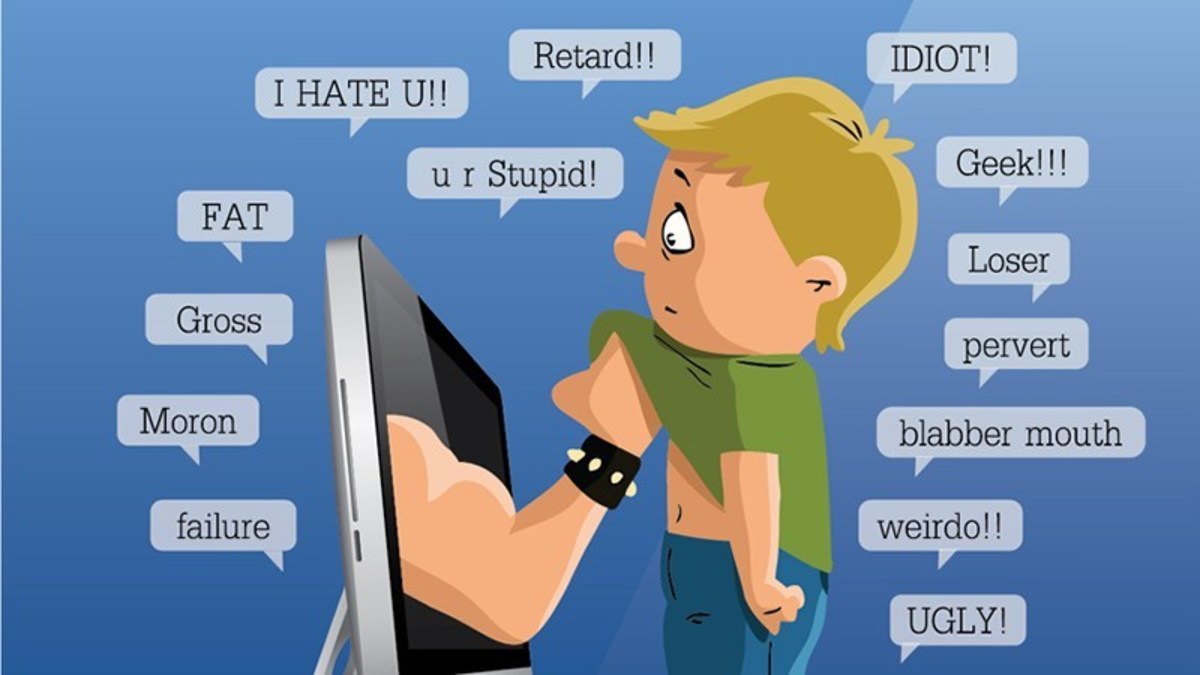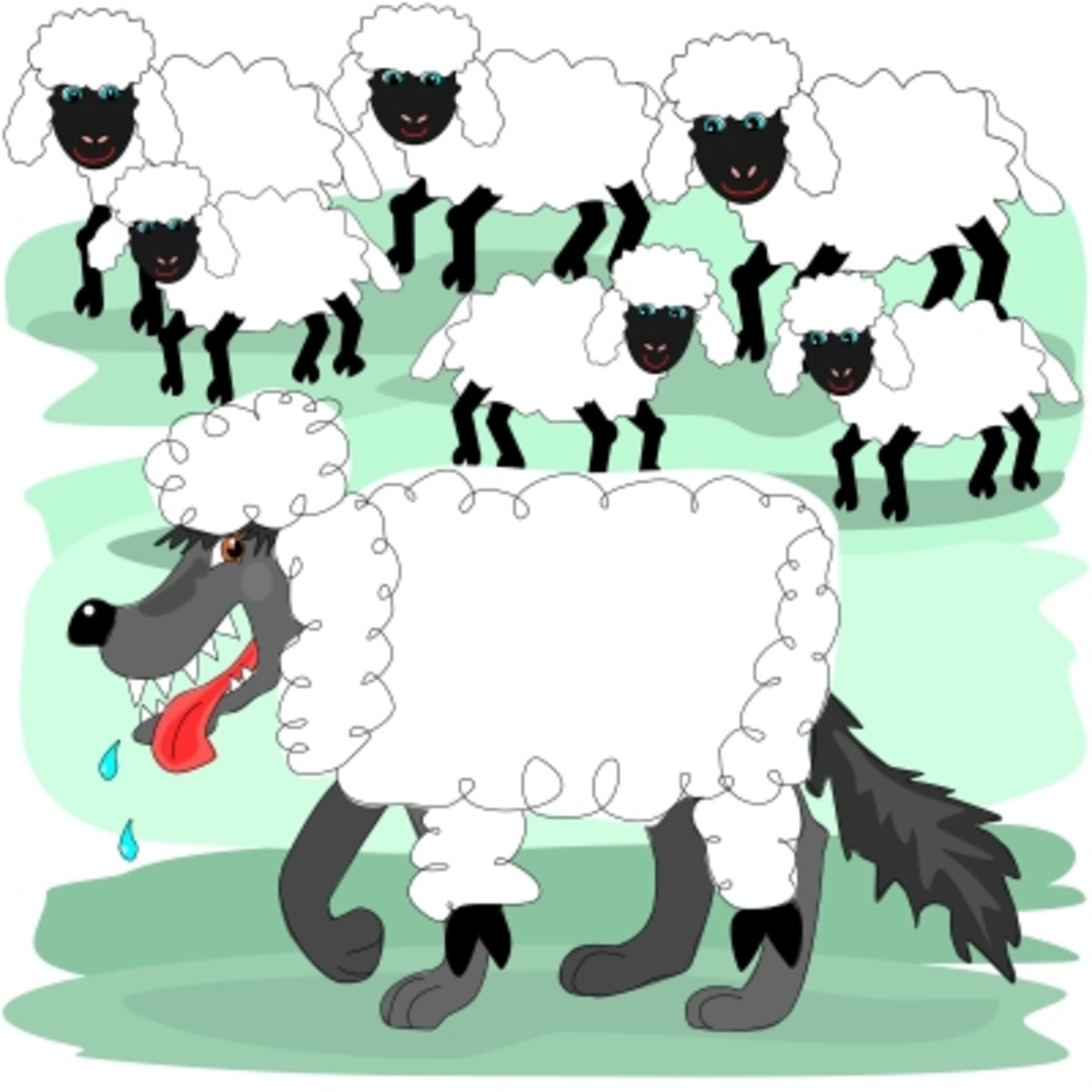The Nature of Violence
Robert Thomson (aged 10) and Jon Venables (aged 10) murdered the toddler, James Bulger (aged 2) in 1993. They have been released

The Myth of the Explanation of Violence
Violence is shocking and appalling and when the very young commit violence it sends jolts of despair through our minds. How can it be that youth in all its innocence could perpetrate horrific and violent deeds? The James Bulger case in the UK struck such a cord.
It was a brave writer (Jonathan Trigell) and then a brave a director (John Crowley) who addressed this taboo subject. Both men are clearly liberals who wished to focus on the possibility of redemption through rehabilitation. In the book and channel 4 movie Boy A we are presented with a likeable young man in his twenties being released from prison and being given a new identity and life. His inarticulateness is not only endearing but also realistically captures the nuances of working class discourse. It is only slowly that we get to discover through flash backs what “Jack” has done. Before the final revelatory flashback scene the director has built up an impressive list of mitigating circumstances: Jack’s father is an alcoholic, his mother is dying, his school doesn’t deal with his truancy, he falls in with the abused and already psychotically violent Phillip and finally, their victim is the same age (about 10) and portrayed as coquettish and confrontational. When we do witness the horror of the two boys assaulting the school girl we only see Jack pick up a knife and follow Phillip as he drags the girl under a bridge. We never know the exact extent of his involvement in the homicide.
So the director follows the novelist’s lead in eliciting our sympathy for Jack. We are made to feel that Jack wants to escape from his past. Just as he has changed his name so he wants to be a new person. As this new person he makes mates, he has a girlfriend and he saves a young girl’s life.
For many this approach infuriated because it clearly seems to make excuses for the young Jack’s actions. Whereas the writer would choose to partly blame ‘society’ for the murder and would have us believe there is a good Jack which rose from the penance of incarceration; others wish to believe that this is nonsense and that Jack was and is clearly evil, just as were the killers of James Bulger (who was only 2 years old).
Clearly neither view is correct. Violence is by its nature inexplicable. It is the opposite of reason. And as such cannot be explained away as either society’s fault or inherent evil. Many men commit acts of extreme violence during wartime and yet are not deemed ‘evil’ or beyond ‘salvation’. Shakespeare’s Iago is given such a paucity of motive to explain his murderous connivances. Othello confronts us with the nature of violence. It just is. The movie, A History of Violence brilliantly provides another example. The central character just automatically jumps into violent action. It’s as if his body remembers what his mind is trying to forget. Yukio Mishima often uses startling paradoxes in his writing to describe the inexplicable nature of his characters’ violent actions. Yes society can provide influences and circumstances but what manifests itself as violence is far larger than those parts. And of course ‘evil’ is a metaphor underpinned by religious belief and thus if you are not a believer ‘evil’ is clearly a human construct to try to explain the inexplicable.
Socrates struggled with this problem. How can a man willingly do bad? If he knows his actions to be ‘bad’ then by definition he wouldn’t want to do them. Yes, but violence is not rational and shouldn’t be examined through reason. This is where art is invaluable to us. Its emotive force finds symbols that delve deeper than reason and make us intuit that violence has its own unique nature which is more deeply embedded in our psyche than modern rationalizations involving ‘society’ or ‘evil’.
Is this our fault? Are they 'evil'? Get the DVD 'Elephant' for another point of view
Links to other hubs about violence
- Domestic Violence
Full of useful advice. - 7 Blunders of the World That Lead to Violence
A man who tried to fight violence and hatred with love and paid the ultimate price.








